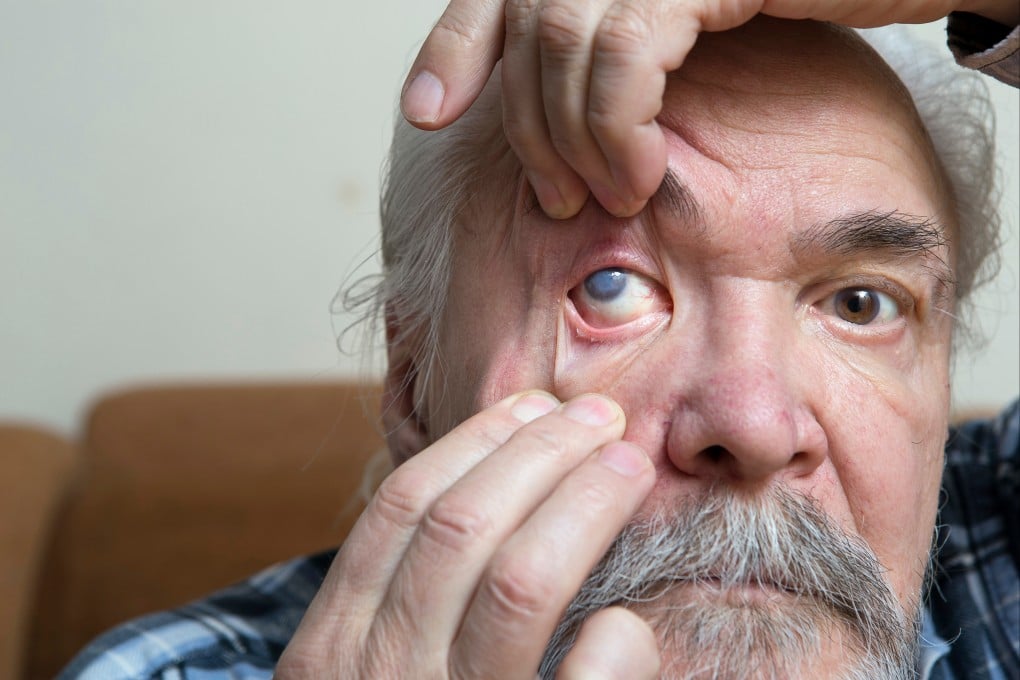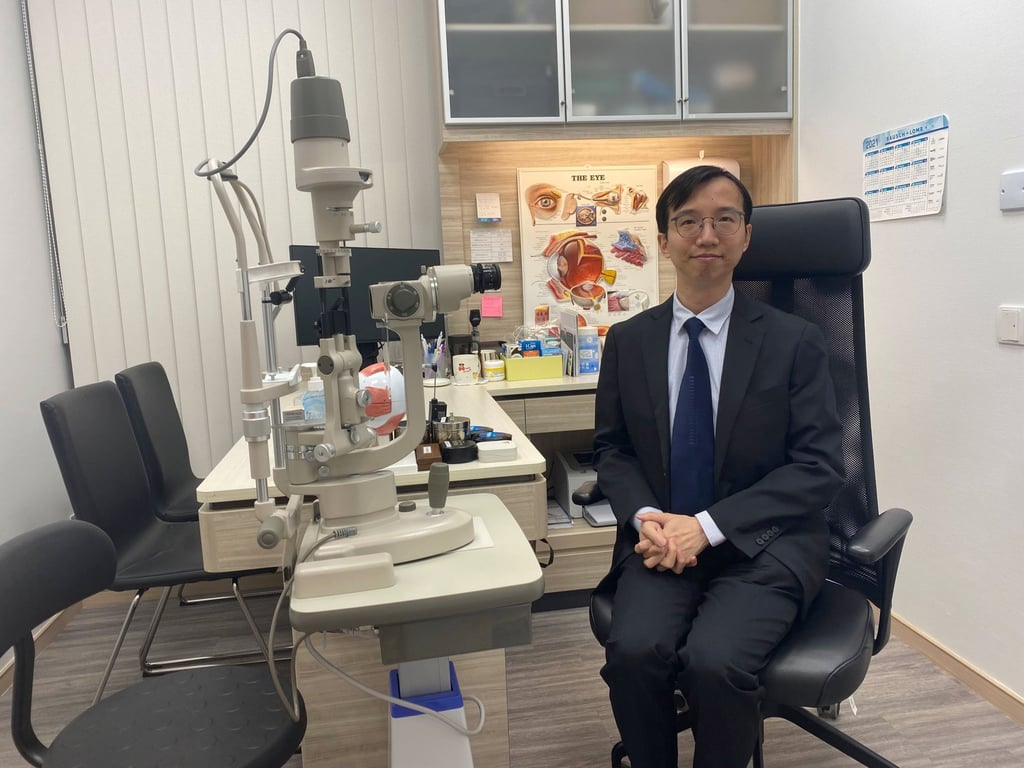What to wear to lower the risk of having cataracts – sunglasses – and what to eat: goji berries for an ‘eye-brightening effect’, according to traditional Chinese medicine. Avoid smoking, too
- In Cataract Awareness Month we’re reminded of the risk of cataracts – opacities on our eye lenses that blur our vision and, if not treated, lead to blindness
- To lower your risk of getting them, wear sunglasses to avoid eye injury, add goji berries to your diet and don’t smoke. Meanwhile, new treatments offer hope

There are many great reasons to wear sunglasses: they will hide how tired you look, make you look enigmatic and support a disguise. But there’s one that’s more important than any other: sunglasses help protect your eyes from cataracts.
What are cataracts? Put simply, says Lau, “they are opacities in the lens of the eye which can lead to blurry, hazy or less vibrant vision” – as if all the colour in the world has leached out.
In healthy eyes, light can pass through the lens to the retina, allowing us to see details. A cataract creates a haze on that lens, blurring vision. Left untreated, it will eventually lead to blindness.

The World Health Organization estimates that cataracts affect about 65.2 million people globally, and cause moderate to severe vision loss in more than 80 per cent of cases.
